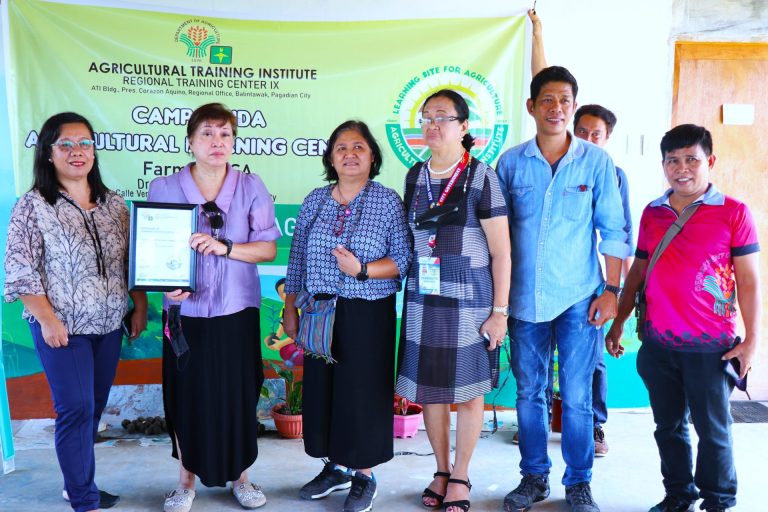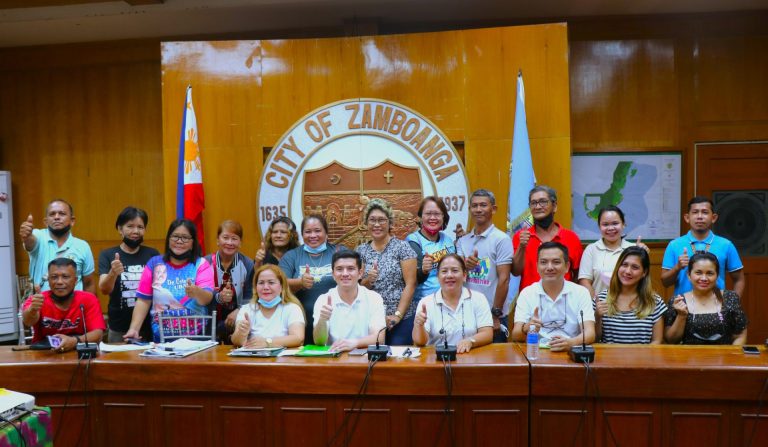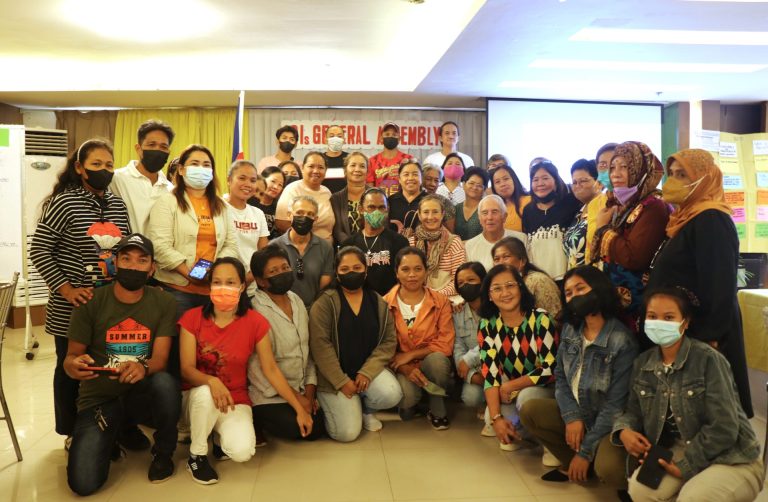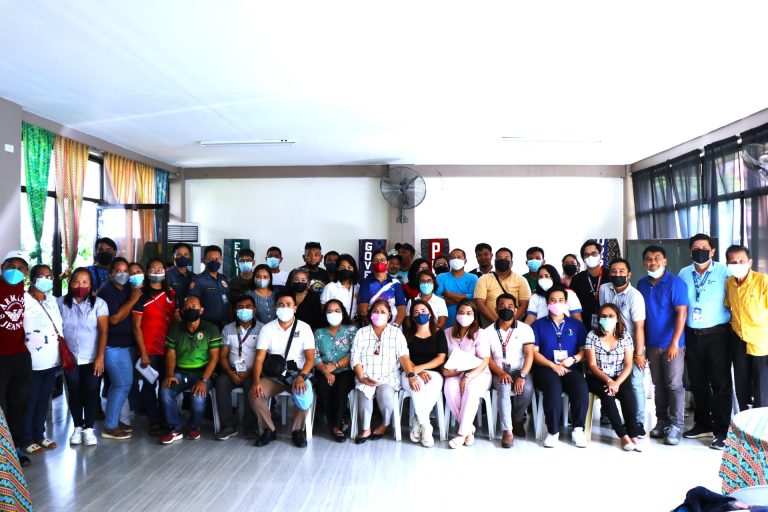Zamboanga’s Famous Shrine upon an Old Spanish Fort Together Depict a Culture of War and Peace
MOST if not all legends about Zamboanga City’s famous and beloved Nuestra Señora de la Virgen del Pilar are emblematic of the reason behind its founding by the Spanish colonial government and since then its traditional role in Mindanao and, therefore, in the nation. The patroness miraculously appeared at one time to alert a guard about an impending attack by pirates, or at another time to save the settlement from being destroyed by a tidal wave. Security and preservation of life has been the city’s major and historic theme, its raison d’ etre.
Mayor Celso Lobregat’s legal suit before the Supreme Court against the Memorandum of Agreement on Ancestral Domain (MOA-AD) forged between the peace panels of the Philippine and the Mori Islamic Liberation Front (MILF), which aborted its formal signing in August, was but another manifestation of that tradition. The watch never ends for the local majority who strongly oppose inclusion under any form of Muslim-led regional autonomy. The Spanish with the Fort Pilar and the major military installations of succeeding governments have made the city an important gatekeeper of national sovereignty and territorial integrity.
When the Spaniards restored the fort in 1718, some 50 years after they had abandoned it, they placed a granite frontispiece atop its eastern wall. On it was the embossed image of the Nuestra Senora del Pilar, after whom they now renamed the fort. It is the same frontispiece that constitutes the religious shrine today.
Claretian priest Fr. Angel Calvo, president of Peace Advocates Zamboanga, likes to draw a contemporary paradox about the fort. To him, the memories within its walls prefigure the political and cultural divisions in the city and Mindanao that were spawned by efforts to institutionalize Christianity and a Manila-centered political domination in the place. The local Muslim tribes have consistently and fiercely resisted these by word and by sword.
But the shrine of the Virgin Mary has played an all but opposite role as well, that of instilling a sense of multicultural unity, says Fr. Calvo. It is known that a good number of local Muslims also venerate the Virgin Mary, since she is highly revered in the Quran as the mother of Jesus, who is regarded in the holy book with as much respect as that reserved for Prophet Muhammad.
Muslims have been seen praying supplications at the shrine to the Lady of the Pillar – that is, for as long as it stood outside of the defensive walls of the fort, freely accessible to all. In recent years, however, a tall iron fence was built around the shrine, replete with the statues of various Catholic saints straddling and guarding the structures. A local anthropologist says that this new layer of wall around the shrine discourages present-day Muslims from visiting the holy site, and has the effect of further alienating them from the city’s cultural mainstream. For once, good fences do not make good neighbors.
This cultural stake-building is consistent with the resurgence of Chabacano consciousness in recent times, initiated by the late Mayor Maria Clara Lobregat. The city council had passed an ordinance mandating the use of Chabacano language in local government’s communications and in public signages. The Fiesta Pilar celebrations this October, as in recent years’, too, include contests in Chabacano songs and elocutions. At least two new Chabacano dictionaries have been published lately. Dr. Hermenegildo Malcampo this year came out with a Chabacano version of his book on the city’s history.
A more high-profile expression of this Chabacano cultural revival is the adoption of the monicker “Asia’s Latin City”, a gimmick which according to Mayor Lobregat is intended to attract tourists and investors to Zamboanga. Not a few, especially long-time Muslim natives and other ethnic tribes like the Subanons, are amused. Good son Celso has gone on to put up a life-size bronze statue of his mother Caling at the public Pasonanca Park, probably to immortalize her as a Chabacano champion. Gen. Vicente Alvarez will have to wait longer for his own statue, eventually perhaps somewhere in Jolo since he had the guts to raise the banner of the Sulu sultanate instead of Gen. Aguinaldo’s flag at Fort Pilar, after the last governor-general in the Philippines surrendered to him there in 1899. Governor-General Diego de los Rios’ surrender to Gen. Alvarez effectively ended 300 years of Spanish colonial rule in the Philippines.
This year, too, Mayor Celso and a retinue of city officials traveled to Zaragosa, Spain to sign a sisterhood pact with that city, who shares the same Nuestra Señora patroness with Zamboanga. In an era of deep globalization, such re-linking with the past could serve as a hedge against the erosion of a people’s cultural identity in the future.
Moreover this year, a number of young Zamboangueño professionals organized a “Sociedad de Latinos Zamboangueños”. Their main aim is “to work or the preservation and promotion of our Chabacano language.”
“We are deeply concerned about the sad condition of our Chabacano which is on the brink of deteriorating due to influence on non-Chabacano speakers in the city”, they wrote in a letter to the Sangguniang Panlungsod. They urged for amendments to the existing Chabacano ordinance that would mandate a much wider use of the language in schools, offices, barangays, media, etc. They call for the singing of the national anthem in Chabacano or Spanish. While the intentions are good, their plans – inasmuch as language shapes cognition – if carried to extremes will revert the city into being a remote and tiny civilizational outpost in a culturally globalized world, and residents can kiss their cosmopolitan dreams good-bye.







Recent Comments